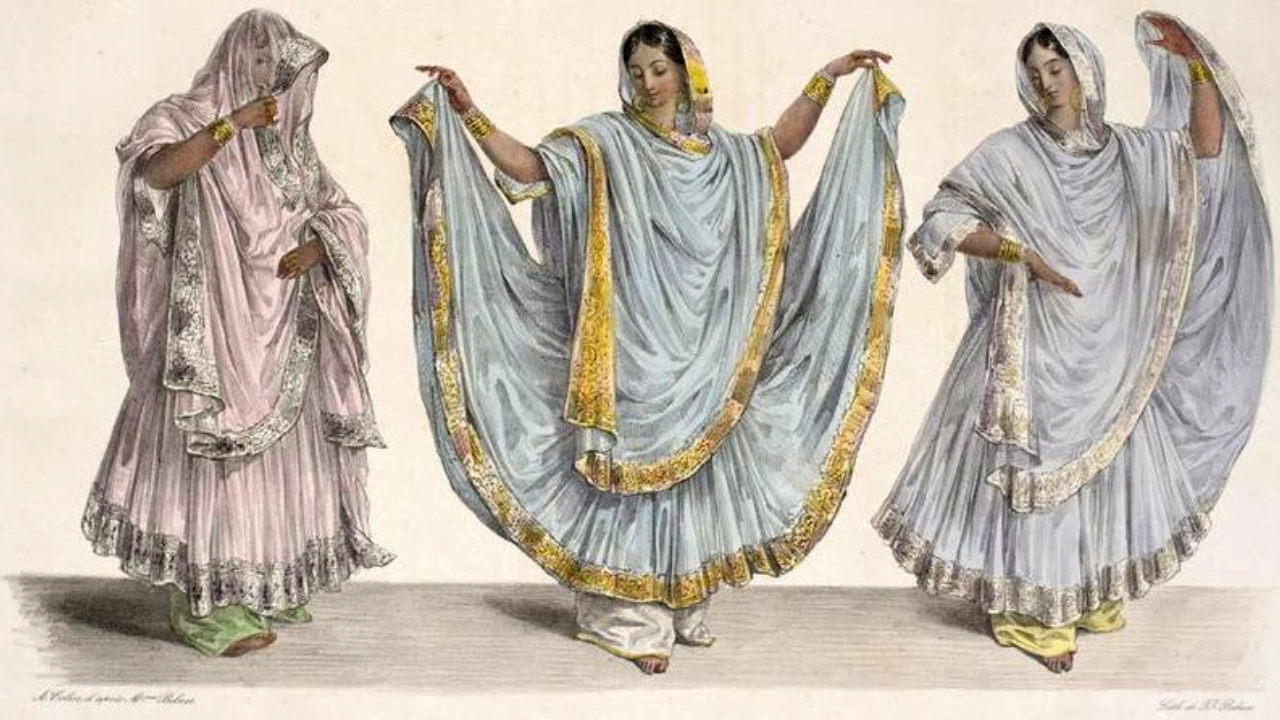Puritan ideas surrounding sex and morality, as well as Victorian feminist ideas, were an interesting feature of nineteenth-century reform movements around the world. Social purity movements sought to abolish prostitution and other sexual activities considered immoral as per Western Christian moral codes.
The movement was geared towards the preservation of feminine virtue by protecting young women and girls from commercial sex, contraception, abortion, and male sexual predation. These ideas informed notions of reform and rehabilitation of ‘amoral,’ women across Europe and North America, especially in the later nineteenth century.
Starting in the 1860s, women’s international activism became more structured. The Ladies National Association for the Abolition of the State Regulation of Vice & for the Promotion of Social Purity (LNA), founded in 1869 by prominent English feminist and social reformer Josephine Butler, and the World Christian Temperance Union (WCTU) founded in 1874 in Ohio, emerged as pioneering women’s organisations devoted to social reform in England and North America respectively.
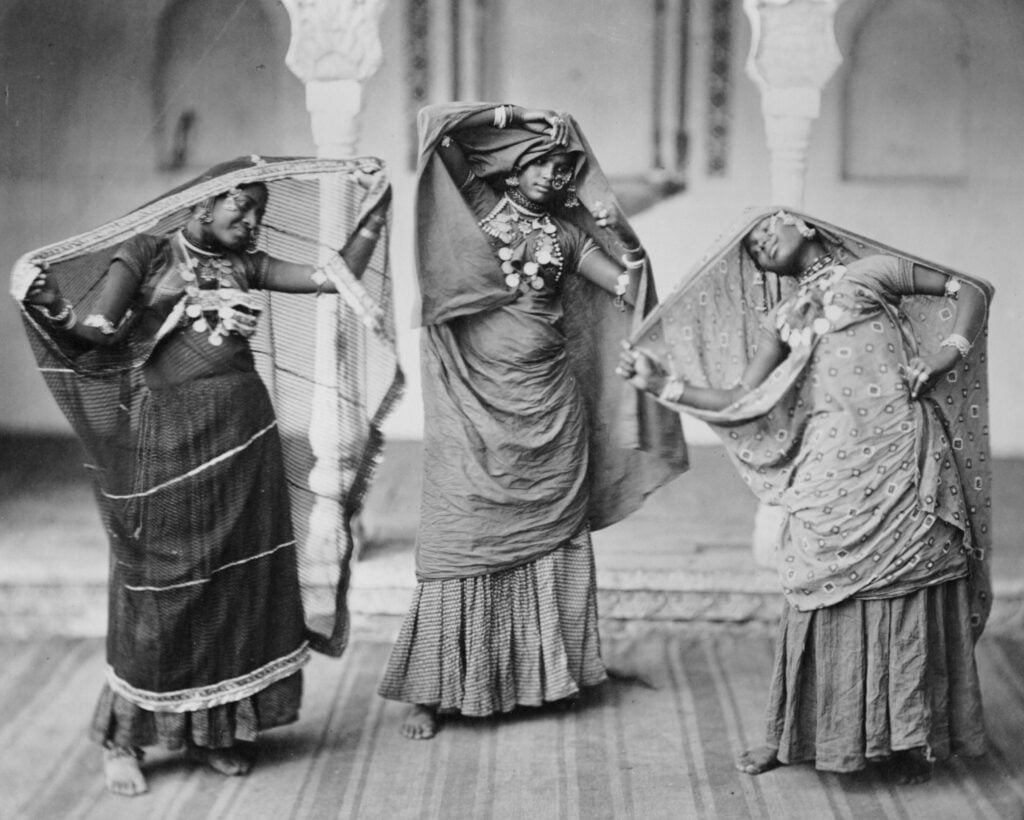
The LNA and WCTU crusaded forcefully against the infamous Contagious Diseases Acts (CDA) which regulated the recruitment of young women for commercial sex with British soldiers in India and other British colonies. The Acts made registration of prostitutes mandatory in military cantonments, along with mandatory invasive physical exams by male medical staff. Any woman with venereal infections such as syphilis and gonorrhoea could be incarcerated in lock hospitals for up to three months or face expulsion from the bounds of the cantonment for lack of compliance.
The Acts were passed in Britain in 1864 and subsequently introduced in India in 1869. Measures were justified by medical and military officials in the name of maintaining the British empire in India, as the most effective means to shield its fighting men from venereal disease.
In June 1888, The British government in London ordered the repeal of the Indian CDA- the legislation which allowed for the recruitment and exploitation of prostitutes for the use of British soldiers. The Act continued to operate informally despite being outlawed on paper, as the British military in India disregarded the orders from London to end the exploitative and amoral system in India.
Josephine Butler, who had been the foremost feminist campaigner crusading fiercely to outlaw the system in India was incensed at the frequent reports of continued recruitment in government chaklas as well as imprisonment and coerced physical examinations in lock hospitals in India. In 1890, Butler yet again called for intervention on behalf of Indian women who were being “enslaved,” and “destroyed,” to provide sexual recreation to the British Military.
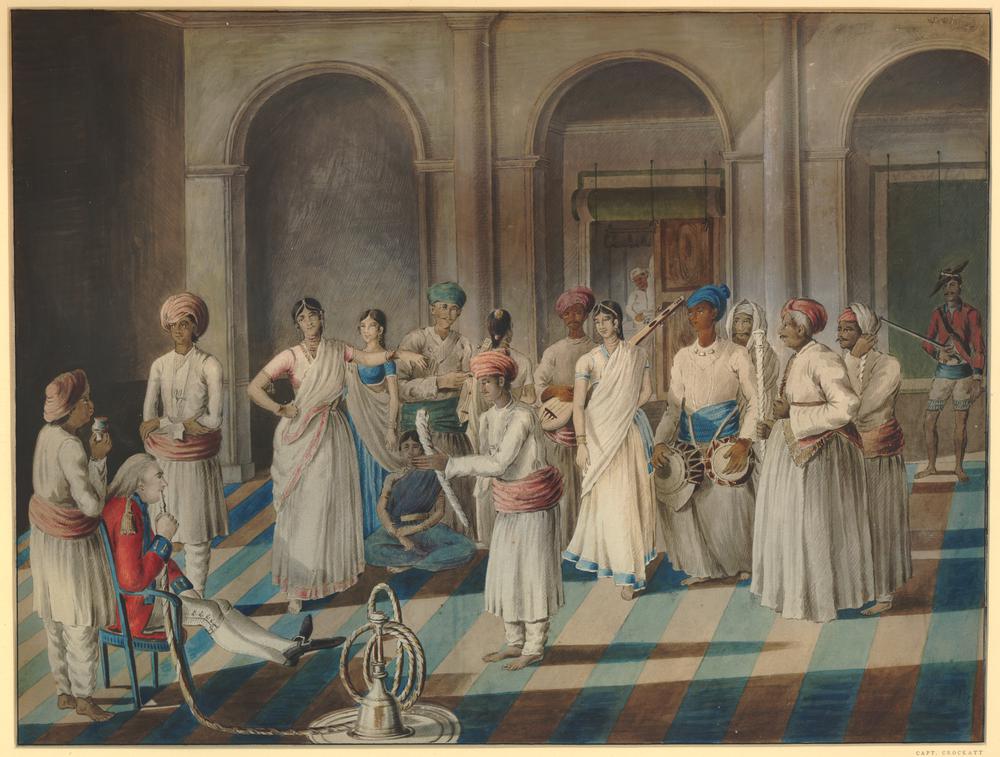
Grieving the death of her husband and feeling too frail to travel to India, Butler networked with medical doctor and American feminist, Dr. Katherine Bushnell. Bushnell’s role in the ‘Wisconsin Crusade’ of 1888 had brought her celebrity in the1880s. Her investigations revealed the forced nature of female prostitution in Wisconsin, North America, and her tireless campaign helped criminalise the abduction of unmarried women for the purpose of prostitution.
It is little surprise that Butler called upon Bushnell’s “fearless spirit,” to undertake the investigations in India and prepare a report on the exploitation of female subjects of the Queen, in whose name the British Empire was being preserved and governed in various colonies.
Bushnell responded to Butler’s exhortations to investigate regulated military prostitution in India and set off for India with fellow Christian missionary and feminist reformer, Mrs Elizabeth Andrew. The undertaking was a testament to the transnational nature of early Western feminist campaigns.
At Butler’s call to action, Andrew and Bushnell took up the gauntlet and arrived in India in 1891. They visited ten military cantonments including Amritsar, Lahore, Rawalpindi, Peshawar, Ambala, Lucknow, Meerut, Bareilly, Sitapur and Benares. They spent four months investigating and building a dossier which proved that chaklas maintained by the British military as well as the lock hospital system had indeed continued to exist even after the British government had issued orders to end the system of regulated ‘vice,’ in India.
The duo interviewed almost 300 women between 1891-1893. They were tasked with securing actual proof that the resolution to end regulated prostitution was being disobeyed by the military. All findings were to be placed before the British government, along with proof that licensed prostitution at military stations was persisting in informal and furtive ways and that the ‘Queen’s Daughters,’ in India were being degraded sexually as well as morally.
The report
The report presented to London by Andrews and Bushnell at the end of their journey, stated clearly, that cantonment regulations were “cruel and wicked,” and that they “enslaved,” and “destroyed,” the “heathen women.” The following is an excerpt from their report:
“There were placed with each regiment (about 1000 soldiers) from twelve to fifteen native women, who dwelt in appointed houses or tents, as the case might be, called chaklas (brothels). A report on the general working of the lock hospitals in Punjab in 1878 mentioned that the ratio of registered prostitutes in the regimental brothel, to troops in the military station, was 1:20.”
The women were allowed to consort with British soldiers only and were registered by the Cantonment magistrate by being granted a ticket. Registered women were obligated to go periodically (generally once a week) to lock hospitals, for an “indecent,” examination, aimed at ensuring that every part of a woman’s body was free from any trace of a debilitating disease likely to be communicated by them to the soldiers through ‘immoral relations.’
When a woman was found to be carrying venereal infections, she was detained in the hospital until cured and if found healthy, she has reissued a ticket of licence and returned to the chakla. Moreover, “in case a woman tried to escape from the chakla, or from the lock hospital, and was apprehended, she would be taken to the Cantonment magistrate, who would punish her with fine or imprisonment. Even the price of the visits of soldiers to the chakla was fixed by military usage, and was so low that the soldier would scarcely miss what he expended in vicious indulgence.”
Review of the report
In April 1893, a Select Committee was appointed in London to evaluate the evidence gathered by Andrew and Bushnell. In June 1893, the British government in India appointed its own three-member Special Commission led by Denzil Ibbetson (then posted at Meean Meer cantonment, Lahore) to represent on behalf of the Army and to refute the evidence. Ibbetson tried in vain to refute the evidence proving that the old system of licensing had persisted after the 1888 order for abolition. He to most of the allegations made in the report produced by the American feminists and admitted that “the attendance at lock hospital examination was made the condition of permission to reside in Regimental bazars,” and that “the system approached dangerously near to compulsion.”
Confronted with a mass of evidence against the British Military in India, Lord Robers, Commander-in-Chief of the British Army in India, was compelled to render a letter of apology stating that “the statements of the two American missionary ladies, who made a tour through Upper India in the cold weather of 1891-92, for the purpose of inquiring into the matter, are in the main correct,”
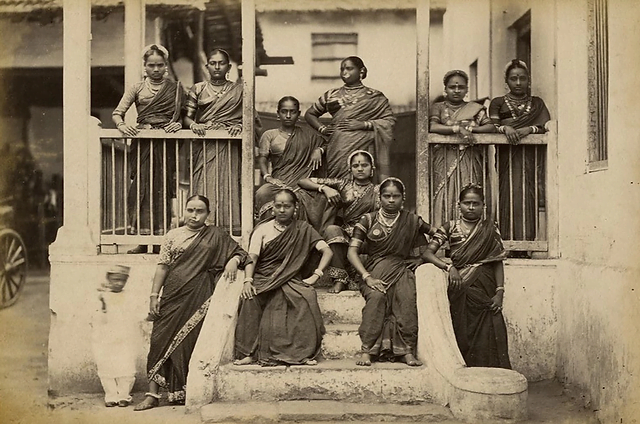
The evidence of Andrew and Bushnell substantiated the paradoxical colonial approach to prostitution. The ‘prostitute,’ was denounced and treated as a vector of disease by the state which simultaneously facilitated access to her by setting up government-run chaklas.
Suggestions of moral outrage and exploitation of the concerned women drew the following response from the Ibbetson-led Special Commission, “This life is not a life of shame in the sense in which this is true in England. Most of these women are prostitutes by caste and can feel no desire to give it up.”
Colonial representations of native women of the labouring and agrarian classes as innately amoral, shaped degrading narratives which stereotyped Indian women of the lower classes as “brazen,” “promiscuous,” “vagrant,” and “criminal.” In this colonial scheme, being a member of the lowered classes implied a lack of morality.
Everyday acts of resistance
Any narrative which casts commercial sex workers as merely hapless victims is simplistic at best and at its worst, it is unjust. This is true for commercial sex workers not only in contemporary India but colonial India as well. A discourse of pity betrays a disregard for the economic logic driving women to choose prostitution in the nineteenth century- an era of de-industrialisation, urbanisation and seismic socio-economic shifts in India.
Several archival reports furnish instances of women’s everyday acts of resistance against the system. Registered women avoided confinement, coercive examinations, and police surveillance in ingenious ways. In the city of Sialkot in 1870, there were reportedly over 100 prostitutes, but the Chief Surgeon complained that “I can only get 24 for examination, and only those of the lowest class.”
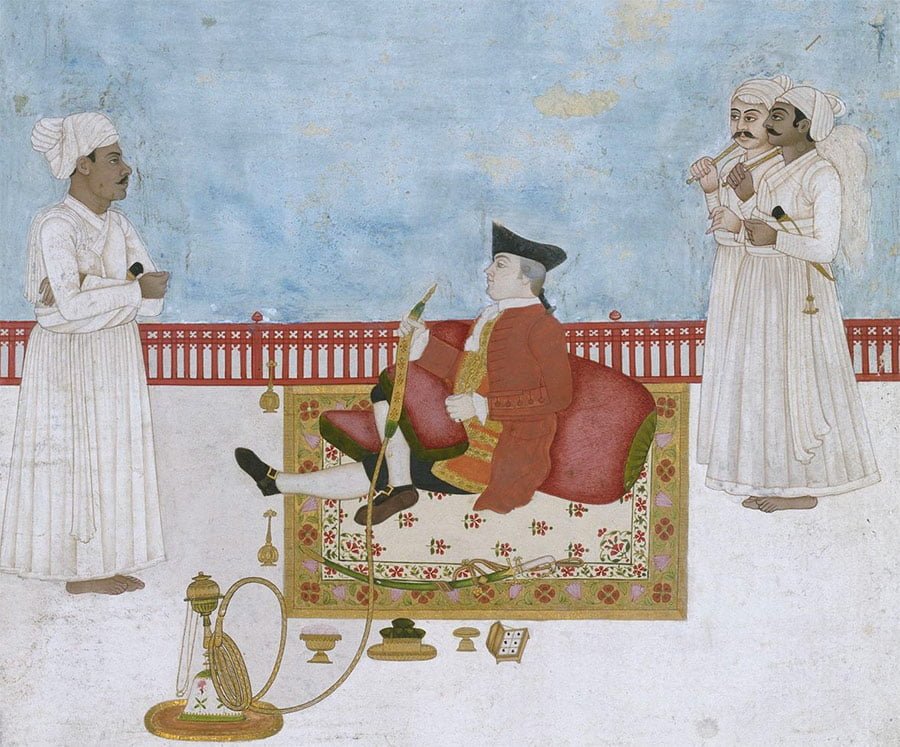
A Lock Hospital Report from 1888, reveals that women injected themselves with astringent before showing up to a compulsory examination, possibly to mask the appearance of ulcers or make them less visible, so as to avoid confinement in the lock hospital as well as the subsequent loss of income. Upon realising that they had a venereal infection, women often applied to the cantonment Honorary Magistrate for leave of absence on some pretext or excuse, in order to avoid medical examination and subsequent detention in the lock hospital. Upon the discovery that leaves of absence were being used as a tactic of evasion, it was made mandatory for registered women to first produce a “clean bill of health,” before their leave could be sanctioned. subtle acts of protest by the “helpless creatures,” also included:
- Feigning ignorance of Cantonment Rules
- Flight to regions outside of cantonment bounds where Rules did not apply
- Lying to escape examination and scrutiny
- And in some cases, even loot their clients
It is noteworthy that by being addressed through a lopsided language of pity and victimisation, certain groups of marginalised women have often been denied agency and control in colonial as well as contemporary narratives. They cause as much injury as contrasting constructs representing them as sexually perverted, innately ‘promiscuous,’ and ‘dangerous.’

In the process of recovering the history of marginalised groups of women, it is important to recognise the subtle acts of women’s resistance to governments and exploitative social systems, rather than simplistically as ‘poor,’ victims devoid of agency. Reading the industrious activism of nineteenth-century feminists in conjunction with the subtle acts of resistance and subversion by marginalised women offers fascinating avenues for the writing of feminist histories which empower and restore dignity to women across race and class.
References
- Elizabeth Andrew and Katherine Bushnell. The Queen’s Daughters in India, Morgan and Scott, London, 1898.
- Sumanta Banerjee. The Wicked City: Crime and Punishment in Colonial Calcutta, Orient Black Swan, New Delhi, 2009.
- David J. Pivar, The Military, Prostitution, and Colonial Peoples: India and the Philippines, 1885-1917, The Journal of Sex Research Vol. 17, No. 3, 1981.
- Stasson, Anneke Helen. “Bushnell, Katharine C. (1855-1946): Missionary, activist, scholar, and writer for women’s equality”, Boston University School of Theology. Available at- https://www.bu.edu/missiology/missionary-biography/a-c/bushnell-katharine-c-1855%E2%80%931946/
- Ratnabali Chatterjee. ‘The Queens’ Daughters: Prostitutes as an Outeast Group in Colonial India’, R 1992: 8. Bergen, December 1992. Available at- https://core.ac.uk/download/pdf/59168496.pdf.
